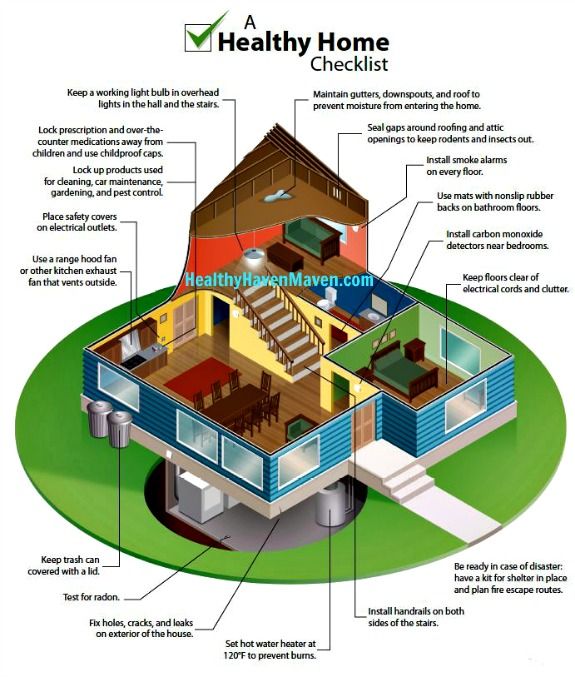The Ultimate Guide To Comprehending Warm Pumps - How Do They Function?
The Ultimate Guide To Comprehending Warm Pumps - How Do They Function?
Blog Article
Staff Author-Junker Singer
The most effective heatpump can save you considerable quantities of cash on energy bills. They can likewise help in reducing greenhouse gas exhausts, especially if you use electrical energy instead of nonrenewable fuel sources like lp and home heating oil or electric-resistance heaters.
Heat pumps work quite the like ac unit do. This makes them a sensible choice to standard electric home furnace.
Just how They Function
Heatpump cool down homes in the summer and, with a little help from electrical energy or gas, they supply some of your home's heating in the wintertime. They're a good option for people that intend to minimize their use fossil fuels yet aren't prepared to change their existing heating system and a/c system.
They count on the physical truth that also in air that appears also cold, there's still power present: cozy air is constantly moving, and it wishes to relocate into cooler, lower-pressure settings like your home.
The majority of power celebrity certified heatpump run at near their heating or cooling capacity throughout a lot of the year, lessening on/off cycling and conserving energy. For the very best efficiency, focus on systems with a high SEER and HSPF ranking.
The Compressor
The heart of the heatpump is the compressor, which is likewise known as an air compressor. This mechanical streaming tool makes use of potential power from power production to boost the pressure of a gas by decreasing its quantity. It is different from a pump because it only services gases and can not collaborate with liquids, as pumps do.
Atmospheric air goes into the compressor with an inlet shutoff. It travels around vane-mounted arms with self-adjusting length that split the inside of the compressor, producing several tooth cavities of differing dimension. The blades's spin pressures these tooth cavities to move in and out of phase with each other, pressing the air.
The compressor attracts the low-temperature, high-pressure cooling agent vapor from the evaporator and presses it into the warm, pressurized state of a gas. This procedure is repeated as required to provide home heating or cooling as required. read full article consists of a desuperheater coil that recycles the waste heat and includes superheat to the refrigerant, transforming it from its fluid to vapor state.
The Evaporator
The evaporator in heat pumps does the exact same thing as it performs in fridges and air conditioning unit, transforming fluid refrigerant into a gaseous vapor that gets rid of warm from the space. Heat pump systems would certainly not function without this crucial piece of equipment.
This part of the system is located inside your home or building in an interior air trainer, which can be either a ducted or ductless system. It includes an evaporator coil and the compressor that presses the low-pressure vapor from the evaporator to high pressure gas.
Heat pumps soak up ambient warm from the air, and after that make use of electrical energy to transfer that heat to a home or service in home heating mode. That makes them a great deal extra energy reliable than electric heaters or furnaces, and due to the fact that they're utilizing tidy electrical power from the grid (and not burning fuel), they additionally generate far less exhausts. heat pumps installation rotorua 's why heat pumps are such fantastic ecological selections. (As well as a huge reason why they're coming to be so popular.).
The Thermostat.
Heat pumps are wonderful alternatives for homes in cold environments, and you can utilize them in combination with conventional duct-based systems or even go ductless. They're an excellent alternative to nonrenewable fuel source heater or typical electrical heaters, and they're more sustainable than oil, gas or nuclear heating and cooling tools.
Your thermostat is one of the most vital component of your heatpump system, and it works extremely in a different way than a conventional thermostat. All mechanical thermostats (all non-electronic ones) work by utilizing compounds that transform size with enhancing temperature level, like curled bimetallic strips or the expanding wax in an automobile radiator valve.
These strips consist of two various sorts of metal, and they're bolted with each other to form a bridge that completes an electrical circuit connected to your heating and cooling system. As the strip gets warmer, one side of the bridge increases faster than the other, which triggers it to flex and indicate that the heating system is required. When the heatpump remains in heating mode, the turning around shutoff reverses the flow of cooling agent, to ensure that the outside coil currently operates as an evaporator and the interior cylinder ends up being a condenser.